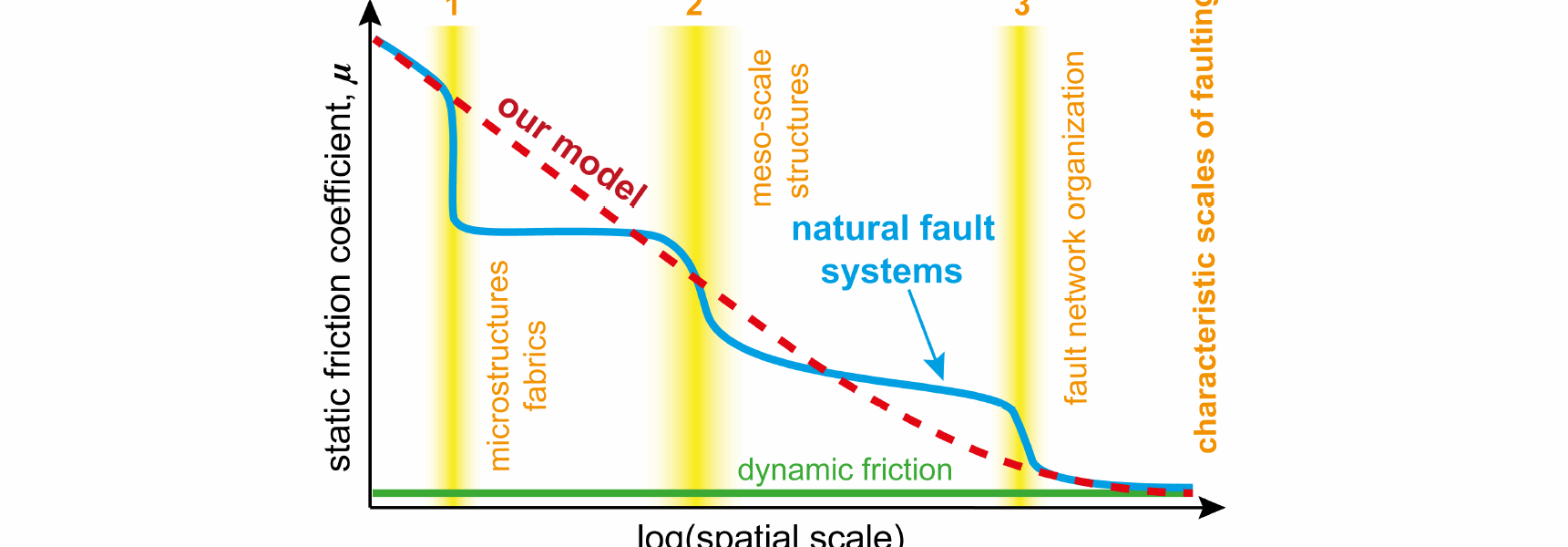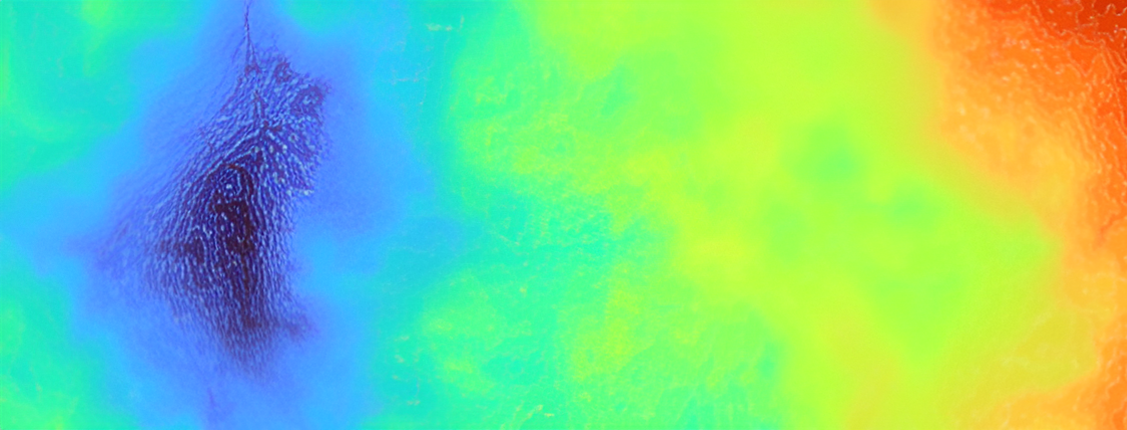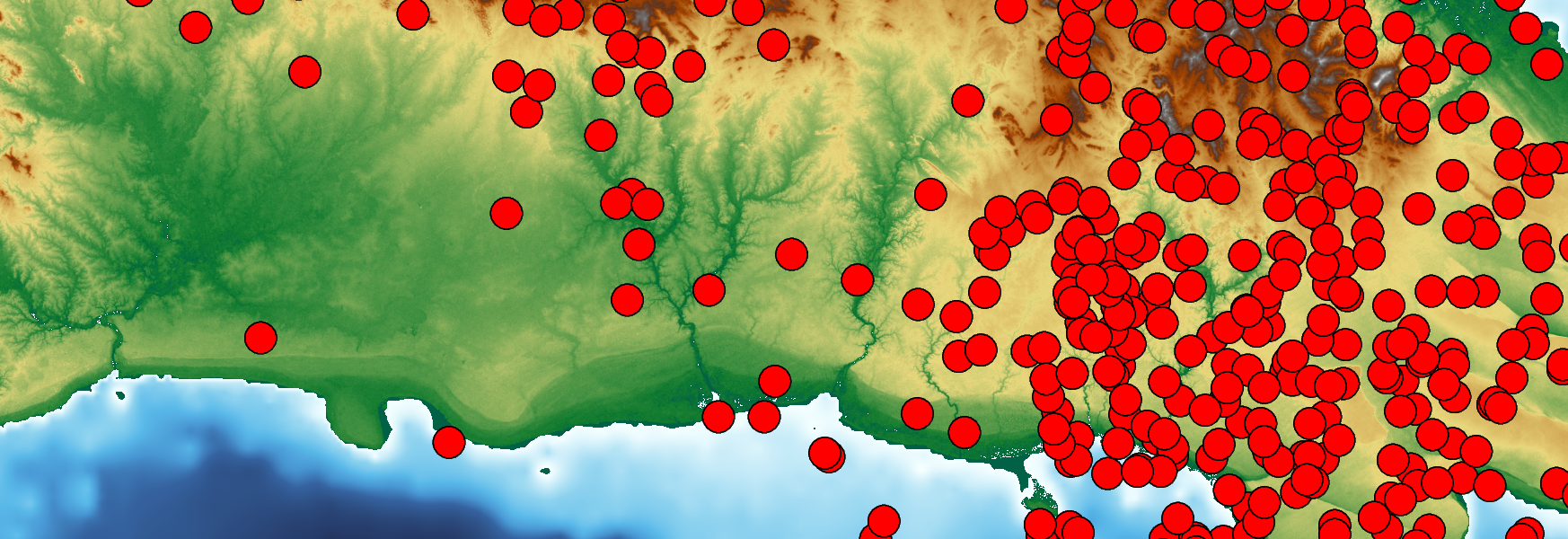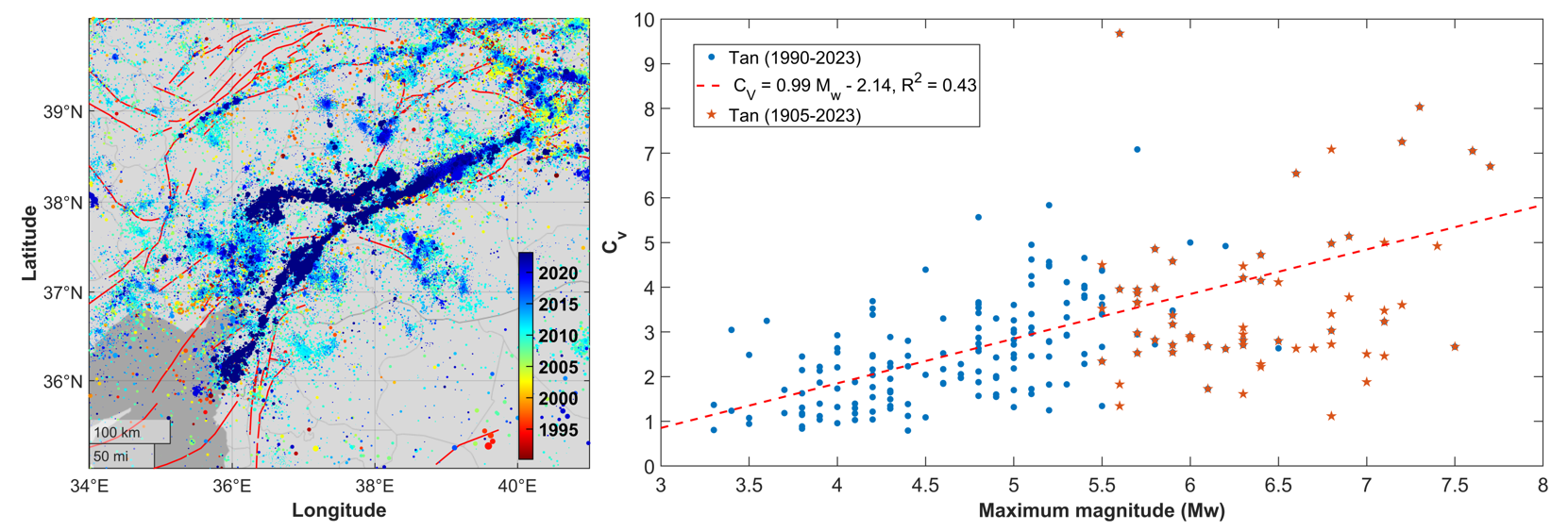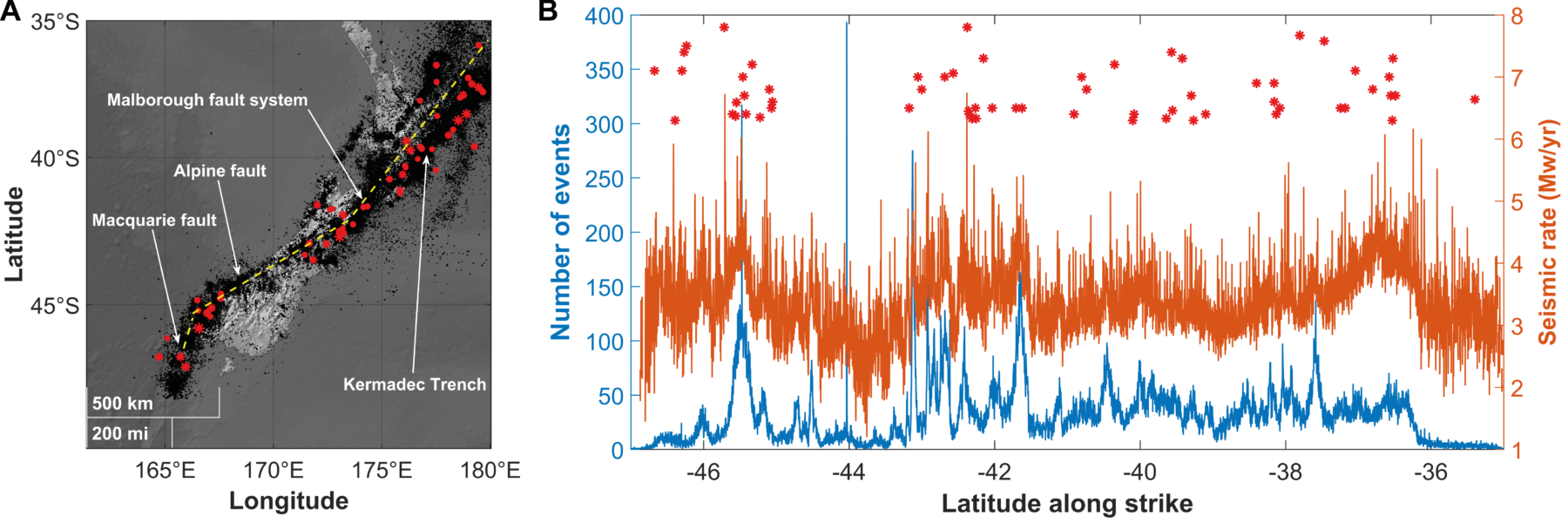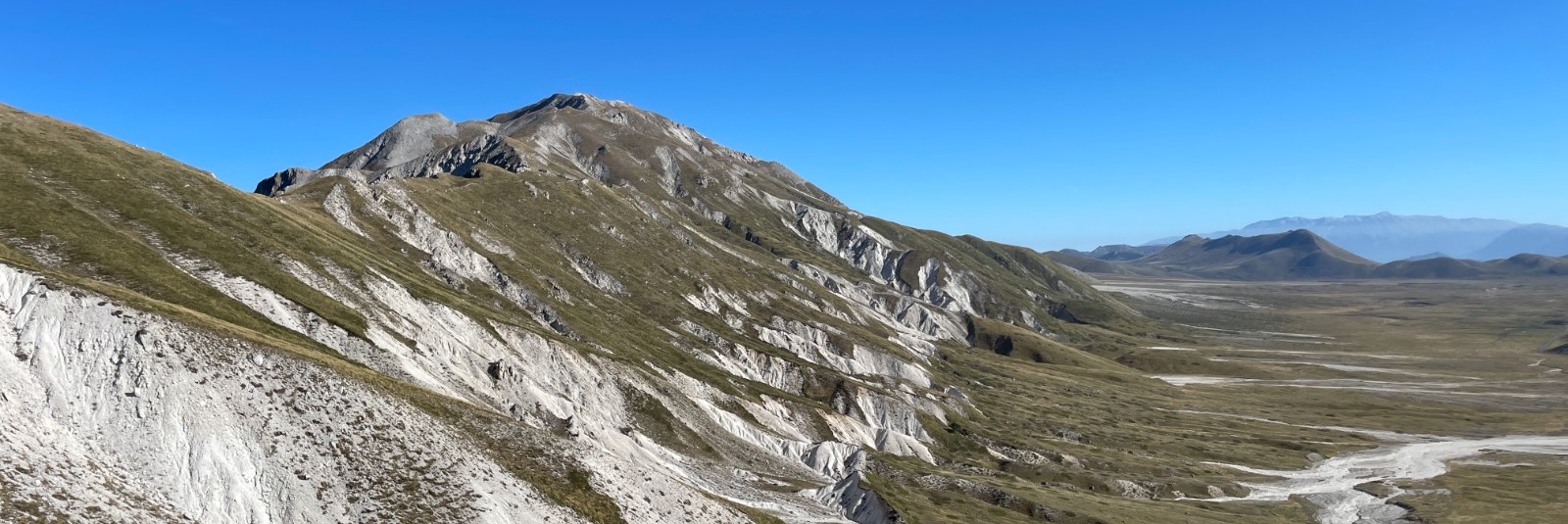By Davide Zaccagnino, Ilaria Spassiani, Giuseppe Petrillo, Robert Shcherbakov & Jiancang Zhuang SUBMIT YOUR ABSTRACT! Click here: https://agu.confex.com/agu/agu25/prelim.cgi/Session/247994 Statistical seismology has taken impressive advances during …
Read full textAuthor: wp_15288203
Decoding Earthquake Complexity: From Earthquake Ruptures and Slip Styles to Seismic Sequences and Faulting
By Davide Zaccagnino, Robert Shcherbakov & Filippos Vallianatos SUBMIT YOUR RESEARCH PAPER TO OUR SPECIAL ISSUE! Click here: https://www.mdpi.com/journal/entropy/special_issues/21670L7M8S Modern geophysical networks are now able …
Read full textSpatial scale dependence of fault physical parameters and its implications for the analysis of earthquake dynamics from the lab to fault systems
An accurate assessment of seismic hazard requires a combination of earthquake physics and statistical analysis. Because of the limitations in the investigation of the seismogenic …
Read full textCOLLECTIVE BEHAVIORS IN SEISMOLOGY – models and observations for complexity in seismicity, crustal mechanics and faulting. Join us at Session S006, AGU 2025 Fall Meeting in New Orleans!
by Eric Beaucé, Gaspard Farge, Leila Mizrahi, Kelian Dasher-Cousineau & Davide Zaccagnino SUBMIT YOUR ABSTRACT! CLICK HERE: https://agu.confex.com/agu/agu25/prelim.cgi/Session/251479 The spatio-temporal patterns in seismicity — e.g. …
Read full textLarge earthquakes are more predictable than smaller ones
Large earthquakes have been viewed as highly chaotic events regardless of their magnitude, making their prediction intrinsically challenging. Here, we develop a mathematical tool to …
Read full textAre Foreshocks Fore-shocks?
Earthquakes are mechanical instabilities in the brittle lithosphere produced by the progressive accumulation of stress in the crust over centuries. The more extended the fractures, …
Read full textFault dip vs shear stress gradient
In the brittle regime, faults tend to be oriented along an angle of about 30 relative to the principal stress direction. This empirical Andersonian observation …
Read full textClustering Analysis of Seismicity in the Anatolian Region with Implications for Seismic Hazard
The Anatolian region is one of the most seismically active tectonic settings in the world.Here, we perform a clustering analysis of Turkish seismicity using an …
Read full textGlobal versus local clustering of seismicity: Implications with earthquake
prediction
Clustering is the essence of earthquake occurrence. Although not exhaustive, our analysis is a first attempt to understand what information may be hidden in partial, …
Read full textThe impact of faulting complexity and type on earthquake rupture dynamics
We analysed the earthquake double-couple as a function of the faulting type. Here we show that it impacts the moment tensors of earthquakes: thrust-faulting events are characterized by higher double-couple components with respect to strike-slip- and normal-faulting earthquakes.
Read full text


